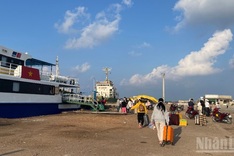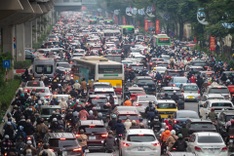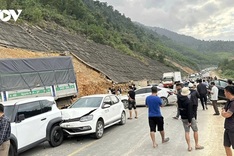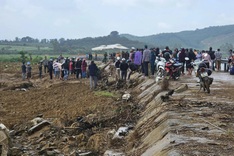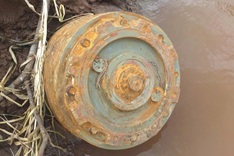The number of dead from a landslide in a remote gold-mining community in the southern Philippines hit 28 Saturday but rescuers said they expected the toll to rise with about 35 people unaccounted for.
 |
| Rescuers look for bodies at the site of the landslide in Pantukan town in Philippines' Mindanao on January 6. |
Relatives at the rescue centre were looking for an estimated 35 people who could not be accounted for but it could not be determined if these people were actually buried in the landslide, said regional civil defence chief Liza Mazo.
"We think this (death toll) will go higher because the bulldozers are there now," said national civil defence head Benito Ramos, as searchers continued to dig through the mountain in the island of Mindanao.
The death toll previously stood at 25.
Ramos said heavy rains that had hampered the search had stopped, insisting that he was not giving up hope of finding some people alive.
Pantukan Mayor Celso Sarrenas said there was no way of knowing how many bodies might still be found after heavy rains caused a landslide that buried small mining tunnels and shanties built in the gold-rush area.
"We don't really know (how many are missing) because residents there come and go. Even the local leader doesn't know who comes and goes in the area," he said.
"This is an all-too-familiar story: people come here as transients without any documents, without prior notice to local officials.
"They come here to make a living. They are forewarned about landslides, but just like in the past, they fail to be convinced."
The mountainous region has drawn gold prospectors from surrounding regions for years despite frequent, deadly landslides.
Their largely unregulated tunnelling has made the mountainside unstable, government experts say, and heavy rains since last month had saturated the earth on top, triggering the deadly earthfall.



